Equipment
Stop making these mistakes when buying used clubs!
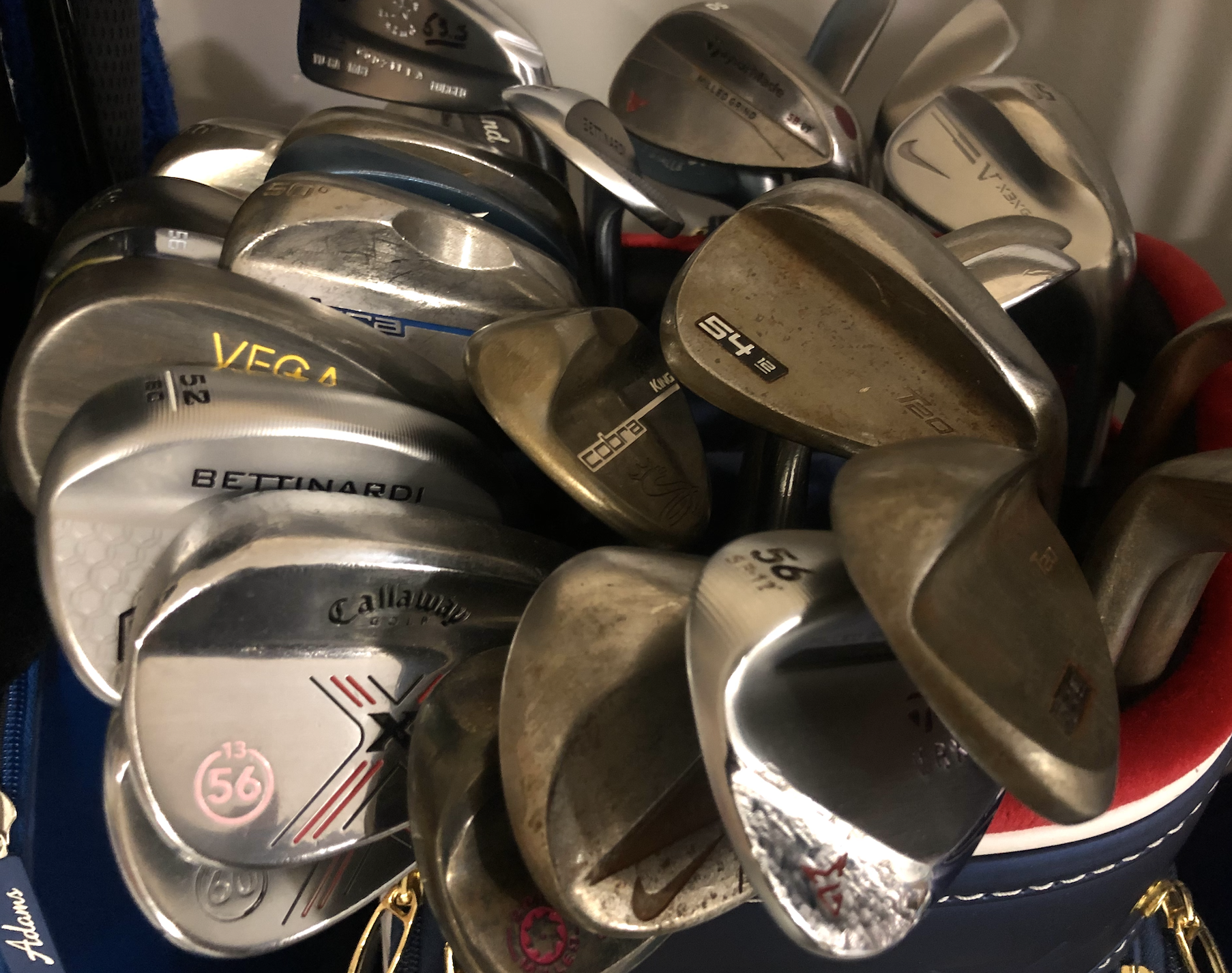
Buying new clubs is always fun, but for many golfers, the real fun is in hunting for used clubs and finding great deals, and if you know where to look, there are lots of deals to be had. But before spending hundreds of dollars on used clubs, there are a few things to pay close attention to, to make sure you are getting the best bang for your buck, and prevent yourself from making a costly purchasing mistake.
Tips for avoiding used club purchasing mistakes
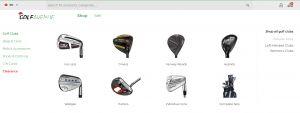
Buy from reputable sellers: This is the most important piece of advice I can offer to those looking for clubs in the used marketplace—especially if this is new to you. Although the volume of counterfeit golf clubs has gone down exponentially over the last couple of years, there are still some people looking to make a fast buck off unsuspecting golfers. Although you can’t always inspect clubs in person, some of the most obvious signs of counterfeit golf clubs are:
- “Touchpoints being off” is the biggest giveaway. If grip smells like cheap rubber or solvent and seems small to size, the headcover (if it comes with one) feels light or flimsy, walk away. Counterfeiters sink most of the cost replicating the clubheads and if the other components seem off, it’s not worth it.
- “Incorrect shafts” or shafts installed with the logo or the shaft bands (logoed stickers on steel shafts) facing up. There isn’t an OEM on the market that builds clubs this way and it’s your first sign that something isn’t right.
- “Badge and brand colors slightly off” is another sign someone is trying to sell you a counterfeit club. Golf club manufacturers spend a lot of time and money picking colors that stand out and are hard to replicate and if something is off, it’s probably too good to be true.
**A great place to start your search is GolfAvenue.ca and as a GolfWRX reader you can save through our affiliate program: Golfwrx X GolfAvenue trade-in and purchasing program**
Make sure to confirm the club specs
When buying online, if the club specs aren’t included, make sure to ask—most sellers should easily be able to provide this information quickly.
If you are buying in person or shopping somewhere that has a large selection of used clubs, there are some things you can do to quickly and easily take some measurements to make sure you and getting clubs that match the right spec you are looking for.
Golf club specs you can check without tools:
- Lengths: If lengths arent stated and you are buying in person, bring a few of your own clubs to compare.
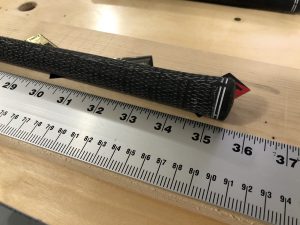
- Grips: A quick check that all of the grips match for size and style can save you money, and make sure they feel good when you go to use them. Don’t forget though, grips are an easy and affordable way to make used clubs feel new again.
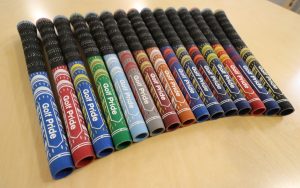
- Matching shafts: A quick visual inspection to make sure the shafts match up will make sure you are getting what you pay for. Along that same line, checking to also make sure the ferrules match will show whether any club in the set was repaired at some point.
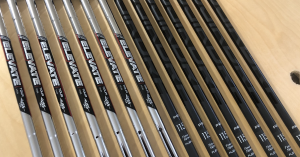
When to call in a professional
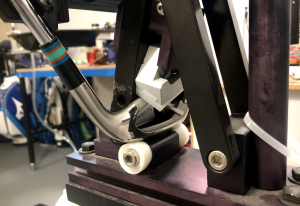
One of the most important specs to make sure golf clubs, specifically irons and wedges, perform properly is lie angle and loft, but not all clubs are created equal, and lie angles and lofts can be difficult to change depending on the construction of the head.
Most modern game-improvement clubs, for example, are cast from harder materials which lead to more ball speed, but the byproduct of this is they are more difficult to bend. If you are looking at cast or multi-material heads be sure to get them checked before completing the sale.
Single piece forged irons, on the other hand, are generally much easier to adjust (up to four degrees in any direction) but it’s still a good idea to have them checked so you know what you are getting into, and so when you go out to play, you are seeing the results you expect.
Shopping for used clubs can feel like a treasure hunt and is a lot of fun—it’s also a great way to save money on equipment. Don’t get caught up in what might seem like a deal too good to be true, because it probably is, and take your time when evaluating what you are buying to maximize enjoyment on the course.
- LIKE180
- LEGIT30
- WOW3
- LOL6
- IDHT2
- FLOP3
- OB2
- SHANK29
Whats in the Bag
Scottie Scheffler’s winning WITB: 2024 Masters
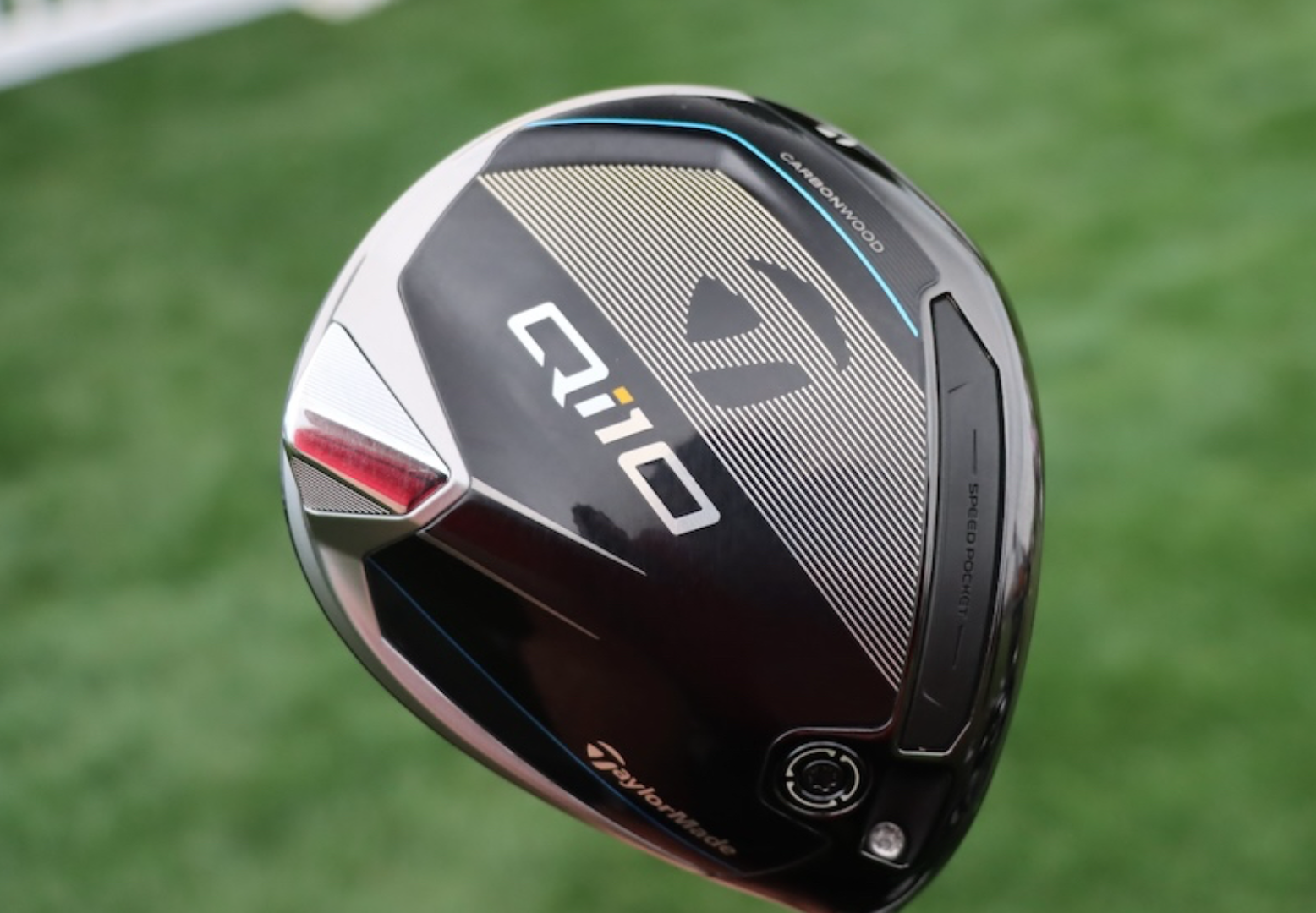
Driver: TaylorMade Qi10 (8 degrees @8.25) Buy here.
Shaft: Fujikura Ventus Black 7 X (45 inches)
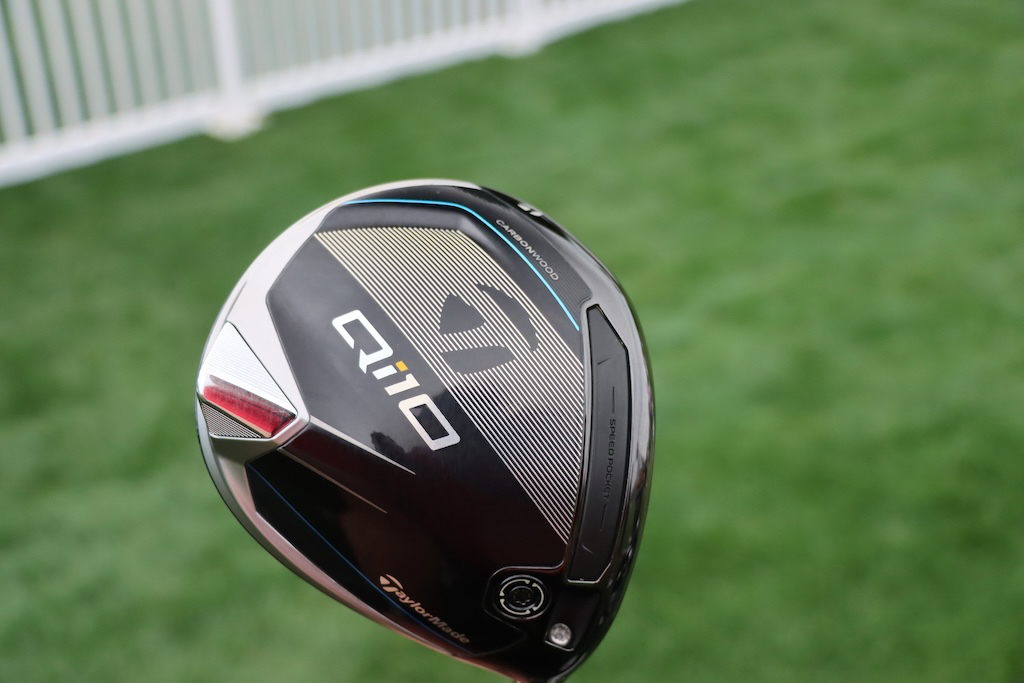
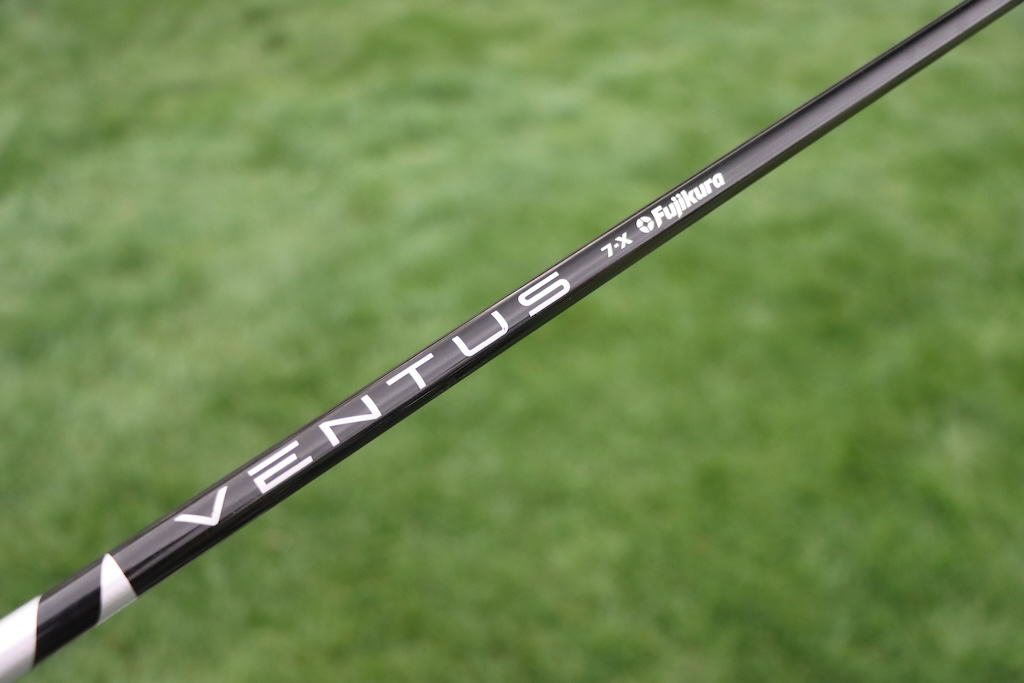
3-wood: TaylorMade Qi10 (15 degrees) Buy here.
Shaft: Fujikura Ventus Black 8 X
Irons: Srixon ZU85 (3, 4) Buy here, TaylorMade P7TW (5-PW) Buy here.
Shafts: Nippon N.S. Pro Modus 3 Hybrid Prototype 10 X (3), True Temper Dynamic Gold Tour Issue X100
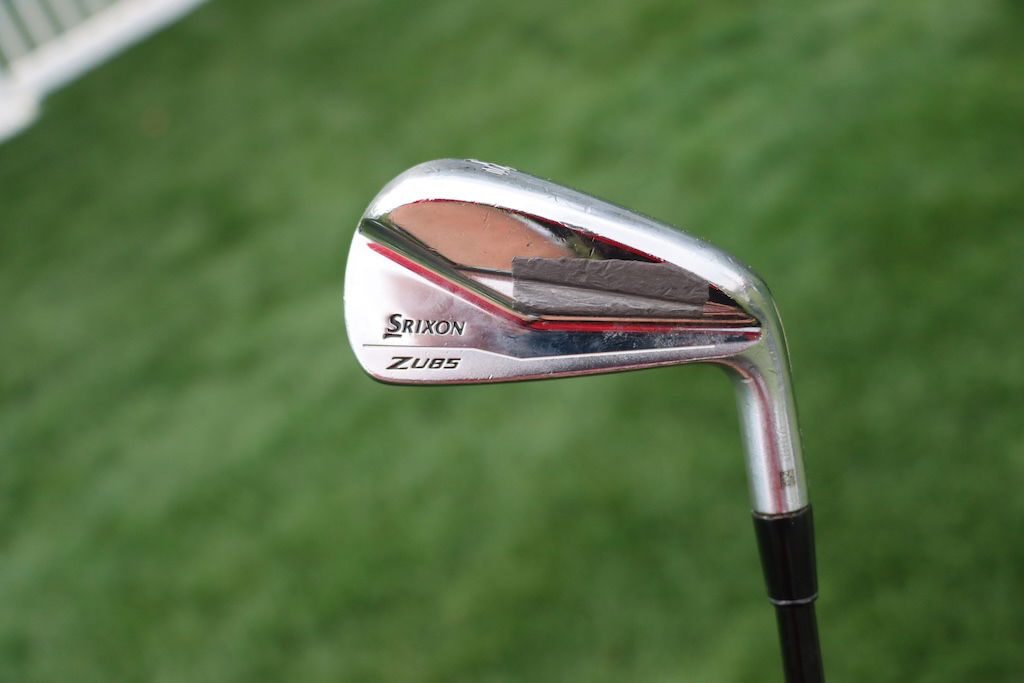
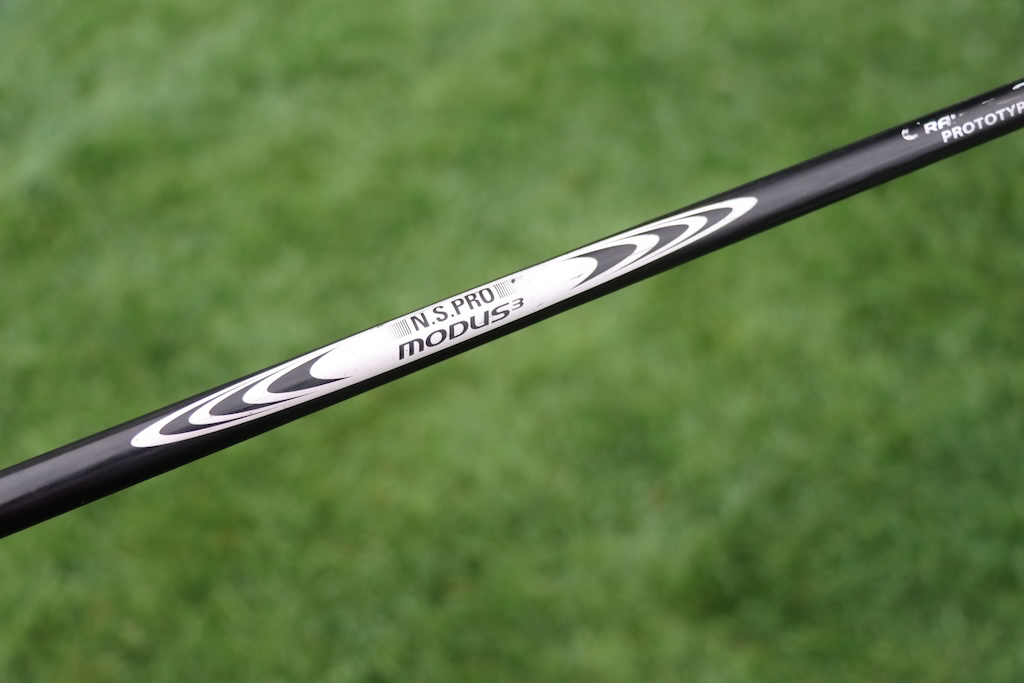
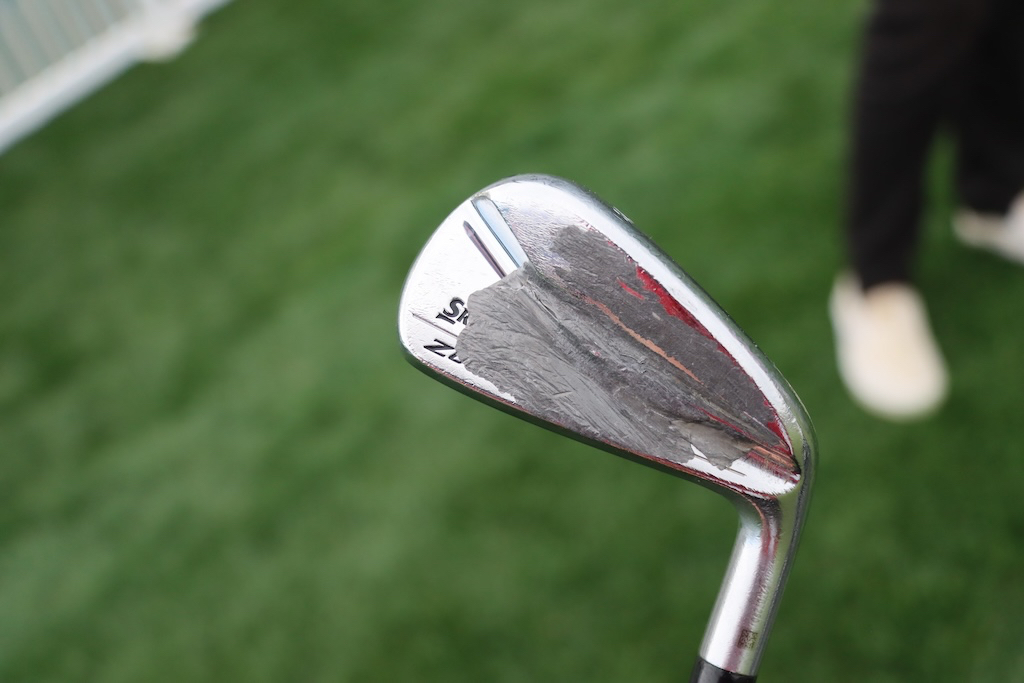
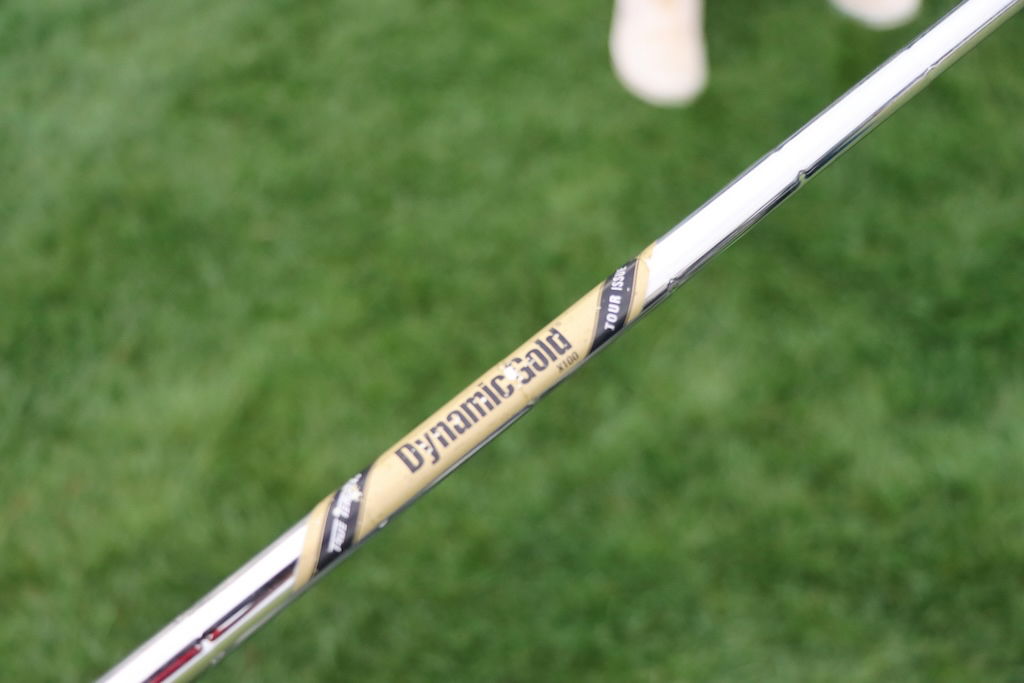
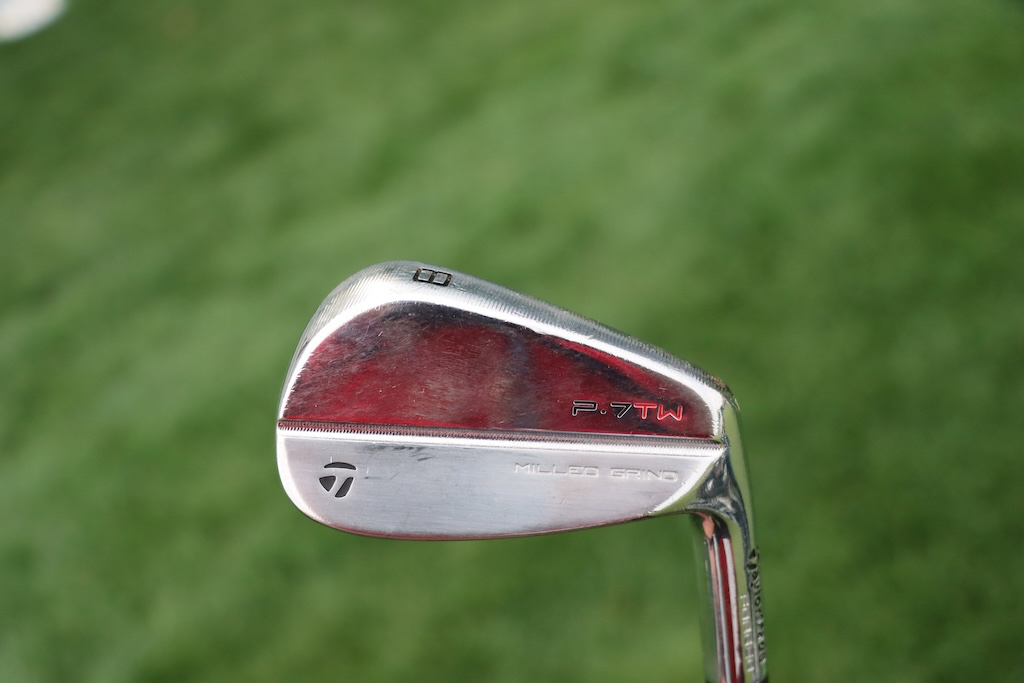
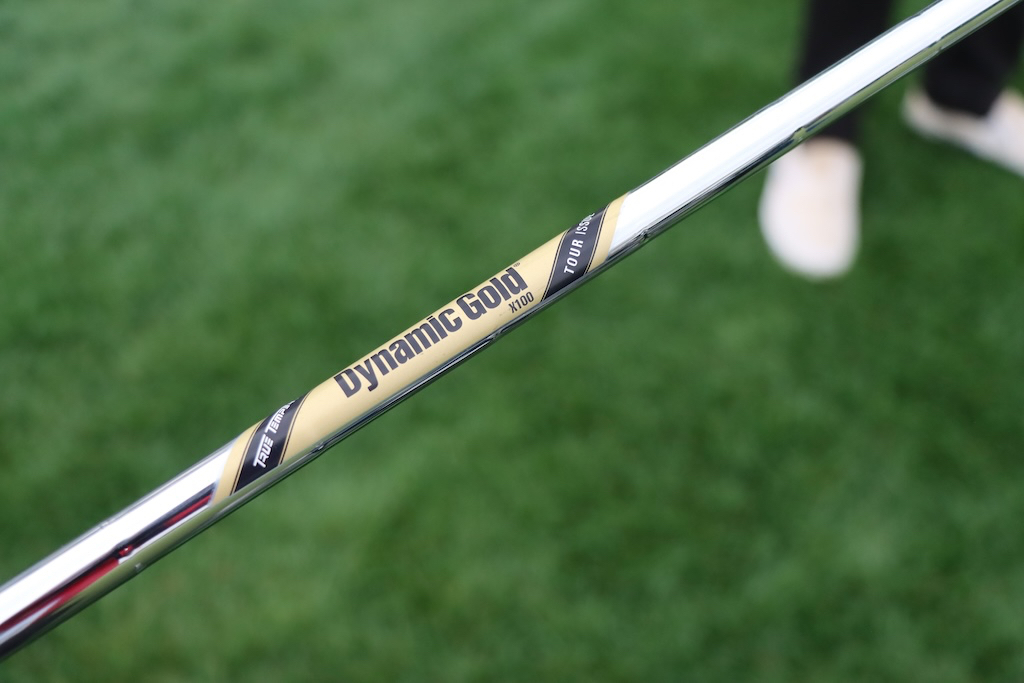
Wedges: Titleist Vokey Design SM8 (50-12F, 56-14F) Buy here, Titleist Vokey Design WedgeWorks Proto (60-T) Buy here.
Shafts: True Temper Dynamic Gold Tour Issue S400
Putter: TaylorMade Spider Tour X Buy here.
Grip: Golf Pride Pro Only Cord
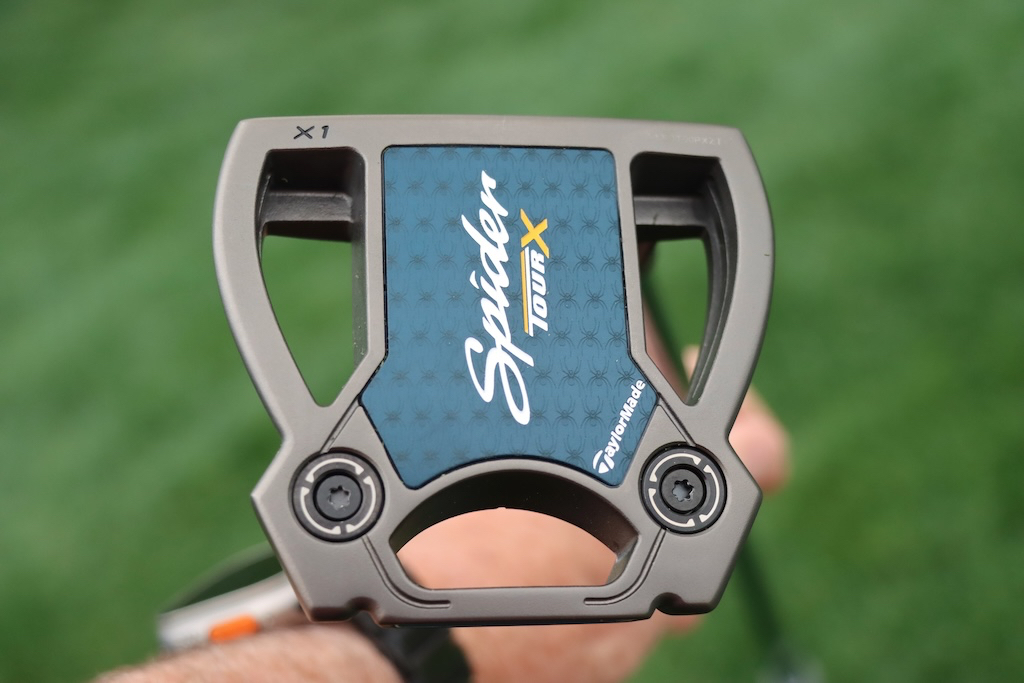
Grips: Golf Pride Tour Velvet
Ball: Titleist Pro V1 Buy here.
Check out more in-hand photos of Scottie Scheffler’s clubs here.
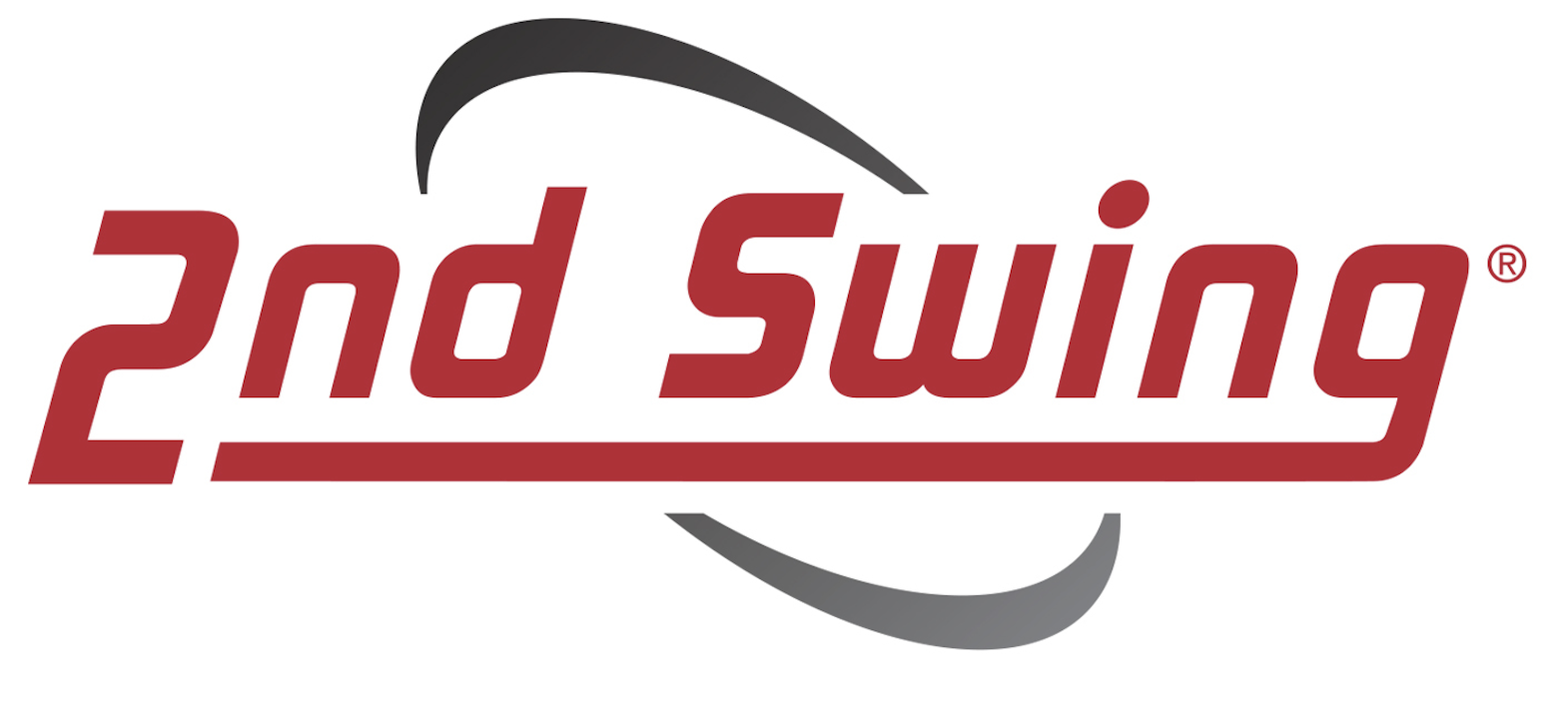
The winning WITB is presented by 2nd Swing Golf. 2nd Swing has more than 100,000 new and pre-swung golf clubs available in six store locations and online. Check them out here.
- LIKE24
- LEGIT3
- WOW1
- LOL1
- IDHT1
- FLOP1
- OB1
- SHANK2
Whats in the Bag
WITB Time Machine: Danny Willett’s winning WITB, 2016 Masters
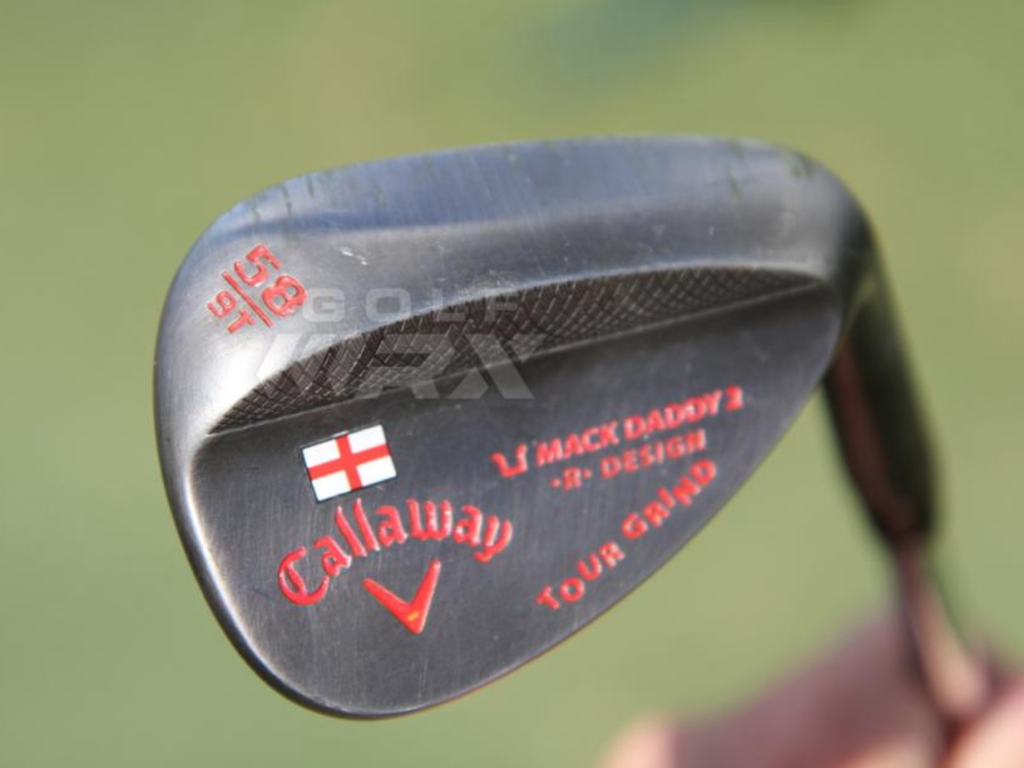
Driver: Callaway XR 16 (9 degrees)
Shaft: Mitsubishi Rayon Diamana W-Series 60 X
Length: 45.5 inches
3-wood: Callaway XR 16 (15 degrees)
Shaft: Mitsubishi Rayon Diamana W-Series 70X
5-wood: Callaway XR 16 (19 degrees)
Shaft: Mitsubishi Rayon Diamana W-Series 80X
Irons: Callaway Apex UT (2, 4), Callaway Apex Pro (5-9)
Shaft: True Temper Dynamic Gold X100 Superlite
Wedges: Callaway Mack Daddy 2 (47-11 S-Grind) Callaway Mack Daddy 2 Tour Grind (54-11, 58-9)
Shaft: True Temper Dynamic Gold X100 Superlite
Putter: Odyssey Versa #1 Wide (WBW)
Lie angle: 71 degrees
Ball: Callaway Speed Regime SR-3
Check out more photos of Willett’s equipment from 2016 here.
- LIKE7
- LEGIT0
- WOW1
- LOL0
- IDHT0
- FLOP0
- OB0
- SHANK0
Equipment
Project X Denali Blue, Black shaft Review – Club Junkie Review
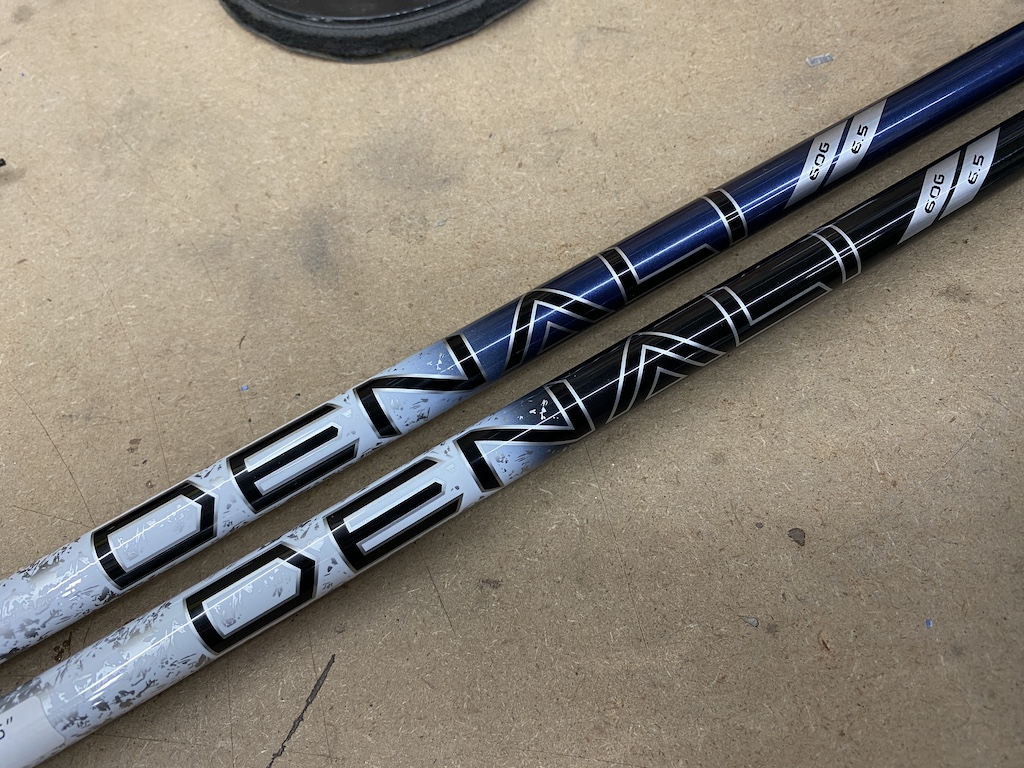
Originally, Project X was known for low-spin steel iron shafts. However, the company might now be known for wood shafts. Denali is the newest line of graphite shafts from Project X. With the Denali line, the company focuses on feel as well as performance.
There are two profiles in the Denali line, Blue and Black, to fit different launch windows. Denali Blue is the mid-launch and mid-spin profile for players who are looking for a little added launch and Denali Black is designed for low-launch and low-spin. Both models are going to offer you a smooth feel and accuracy.
For a full in-depth review check out the Club Junkie podcast on all podcast streaming platforms and on YouTube.
Project X Denali Blue
I typically fit better into mid-launch shafts, as I don’t hit a very high ball so the Denali Blue was the model I was more excited to try. Out of the box, the shaft looks great and from a distance, it is almost hard to tell the dark blue from the Denali Black. With a logo down install of the shaft, you don’t have anything to distract your eyes, just a clean look with the transition from the white and silver handle section to the dark navy mid and tip.
Out on the course, the Blue offers a very smooth feel that gives you a good kick at impact. The shaft loads easily and you can feel the slightly softer handle section compared to the HZRDUS lineup. This gives the shaft a really good feel of it loading on the transition to the downswing, and as your hands get to impact, the Denali Blue keeps going for a nice, strong kick.
Denali Blue is easy to square up at impact and even turn over to hit it straight or just little draws and most of the flex of the shaft feels like it happens right around where the paint changes from silver to blue. The Blue launches easily and produces what I consider a true mid-flight with the driver. While it is listed as mid-spin, I never noticed any type of rise in my drives. Drives that I didn’t hit perfectly were met with good stability and a ball that stayed online well.
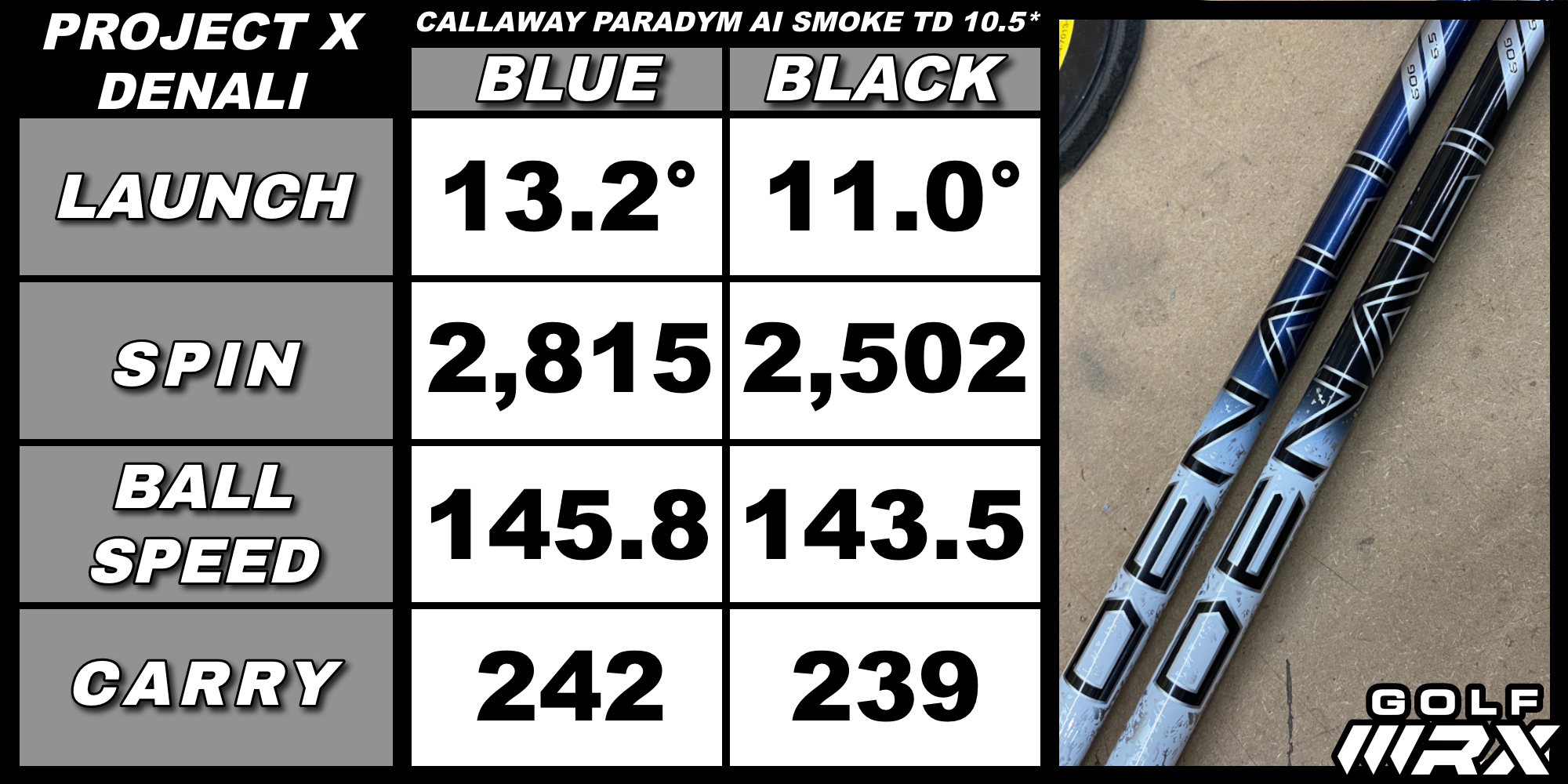
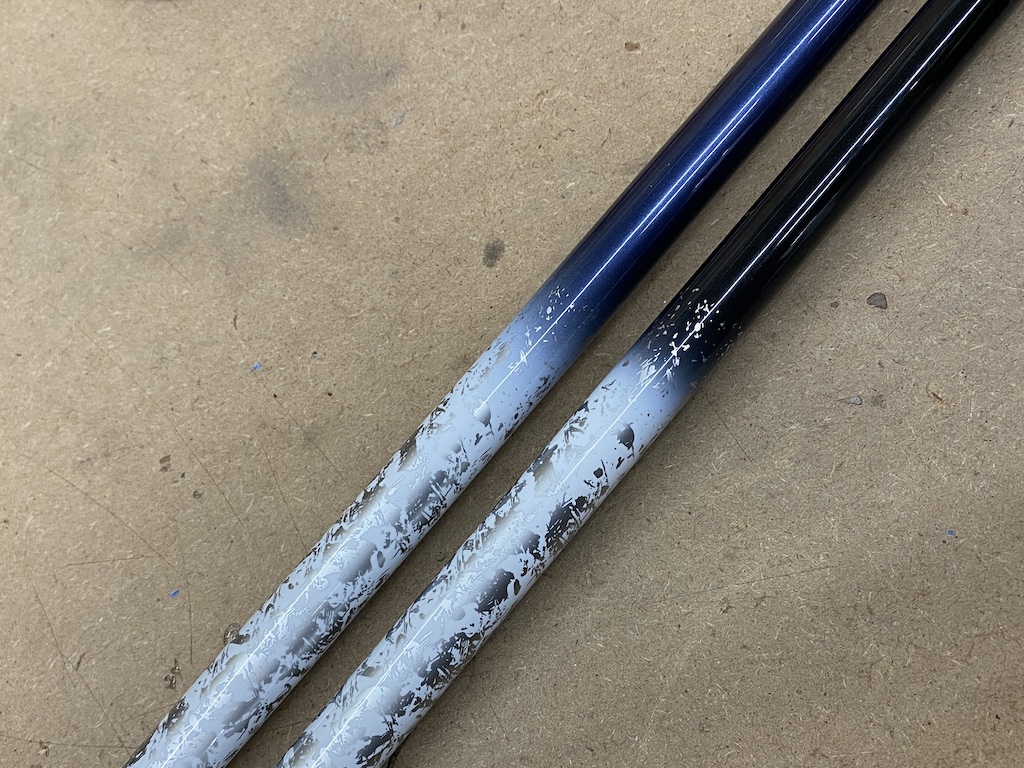
Project X Denali Black
When you hold the Denali Black in your hands you can tell it is a more stout shaft compared to its Blue sibling by just trying to bend it. While the handle feels close to the Blue in terms of stiffness, you can tell the tip is much stiffer when you swing it.
Denali Black definitely takes a little more power to load it but the shaft is still smooth and doesn’t give you any harsh vibrations. Where the Blue kicks hard at impact, the Black holds on a little and feels like keeps you in control even on swings that you try and put a little extra effort into. The stiff tip section also makes it a little harder to square up at impact and for some players could take away a little of the draw from their shot.
Launch is lower and more penetrating compared to the Blue and produces a boring, flat trajectory. Shots into the wind don’t rise or spin up, proving that the spin stays down. Like its mid-launch sibling, the Black is very stable and mishits and keeps the ball on a straighter line. Shots low off the face don’t get very high up in the air, but the low spin properties get the ball out there farther than you would expect. For being such a stout shaft, the feel is very good, and the Denali Black does keep harsh vibrations from your hands.
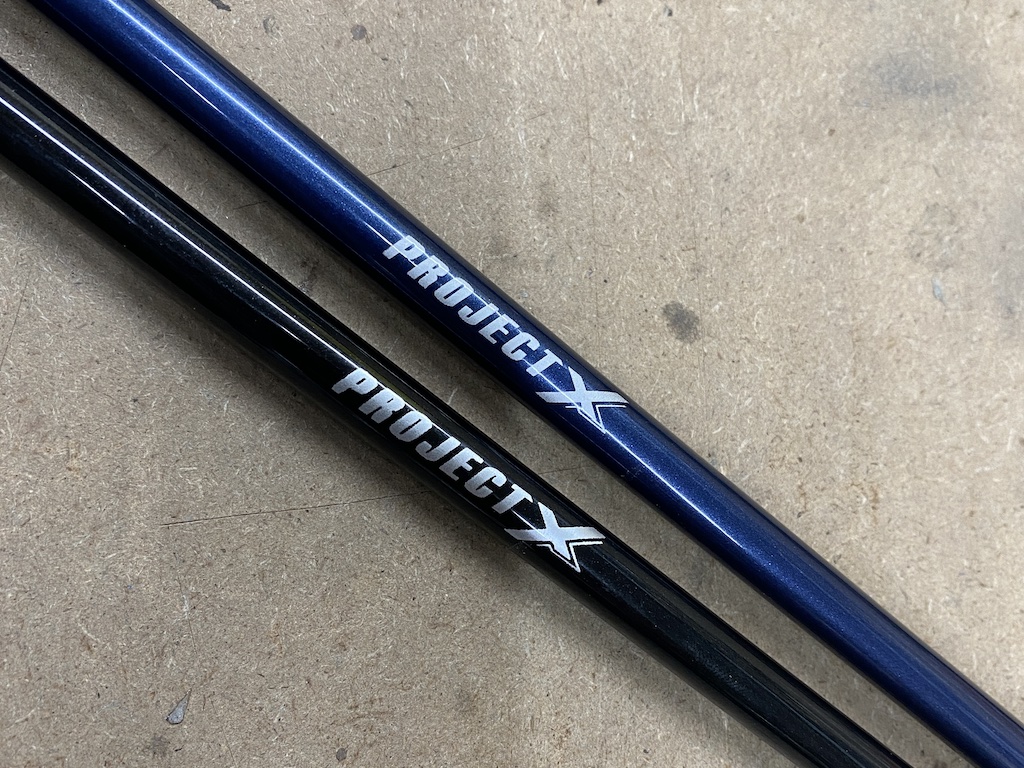
Overall the Project X Denali Blue and Black are great additions to the line of popular wood shafts. If you are looking for good feel and solid performance the Denali line is worth trying out with your swing. Choose Blue for mid-launch and mid-spin or Black for lower launch and low spin.
- LIKE4
- LEGIT4
- WOW2
- LOL0
- IDHT0
- FLOP0
- OB0
- SHANK0
-

 19th Hole5 days ago
19th Hole5 days agoDave Portnoy places monstrous outright bet for the 2024 Masters
-

 19th Hole3 weeks ago
19th Hole3 weeks agoJohn Daly stuns fans into silence with brutal opening tee shot on PGA Tour Champions
-

 19th Hole2 weeks ago
19th Hole2 weeks agoThings got heated at the Houston Open between Tony Finau and Alejandro Tosti. Here’s why
-

 19th Hole6 days ago
19th Hole6 days agoTiger Woods arrives at 2024 Masters equipped with a putter that may surprise you
-

 19th Hole2 weeks ago
19th Hole2 weeks agoReport: Tiger Woods has ‘eliminated sex’ in preparation for the 2024 Masters
-

 19th Hole3 weeks ago
19th Hole3 weeks agoCharlie Woods finds it tough going on American Junior Golf Association debut
-

 19th Hole2 weeks ago
19th Hole2 weeks agoAddiction, spinal fusion, and scam artists – Everything Anthony Kim revealed in candid interview with David Feherty
-

 19th Hole1 week ago
19th Hole1 week agoAnthony Kim says doctors told him that he ‘may not have much time left’ ahead of LIV return













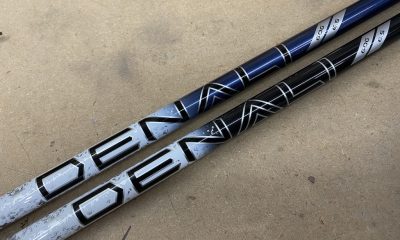

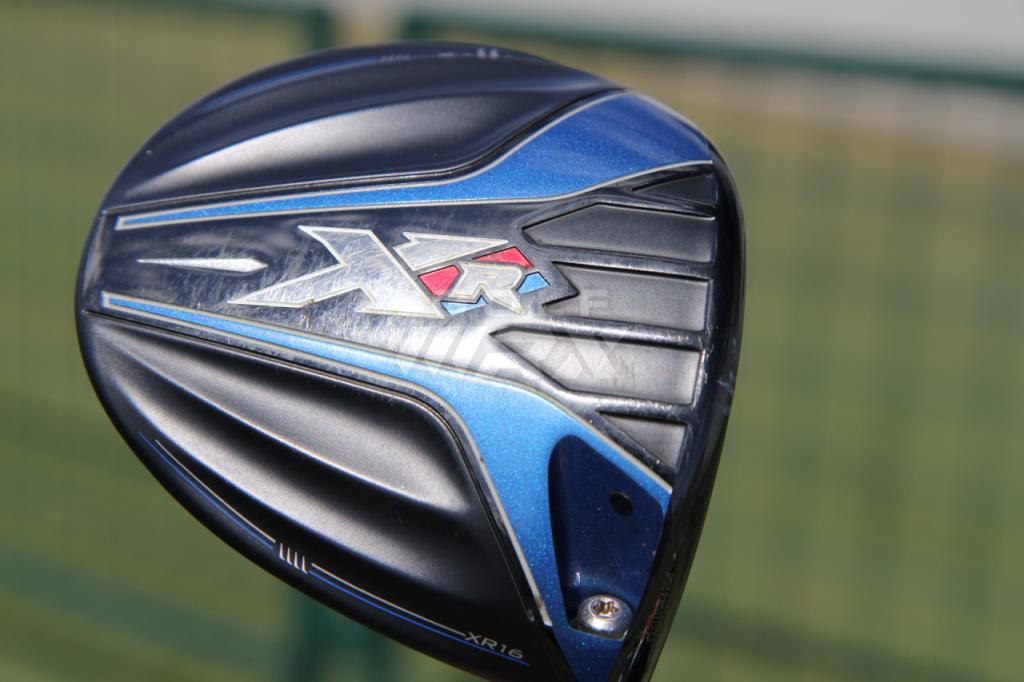
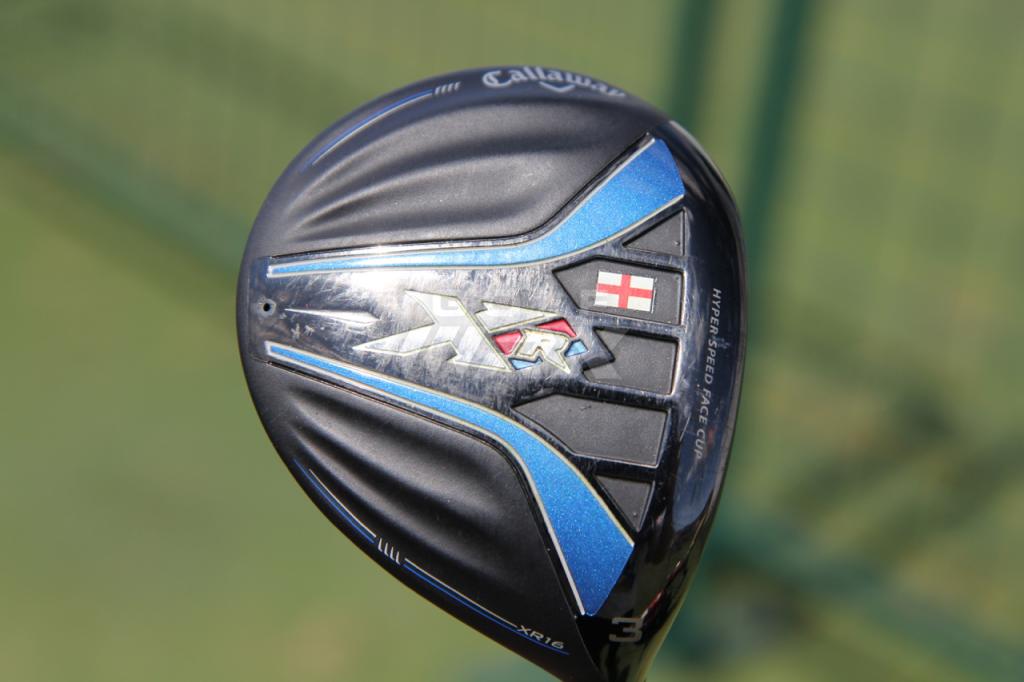

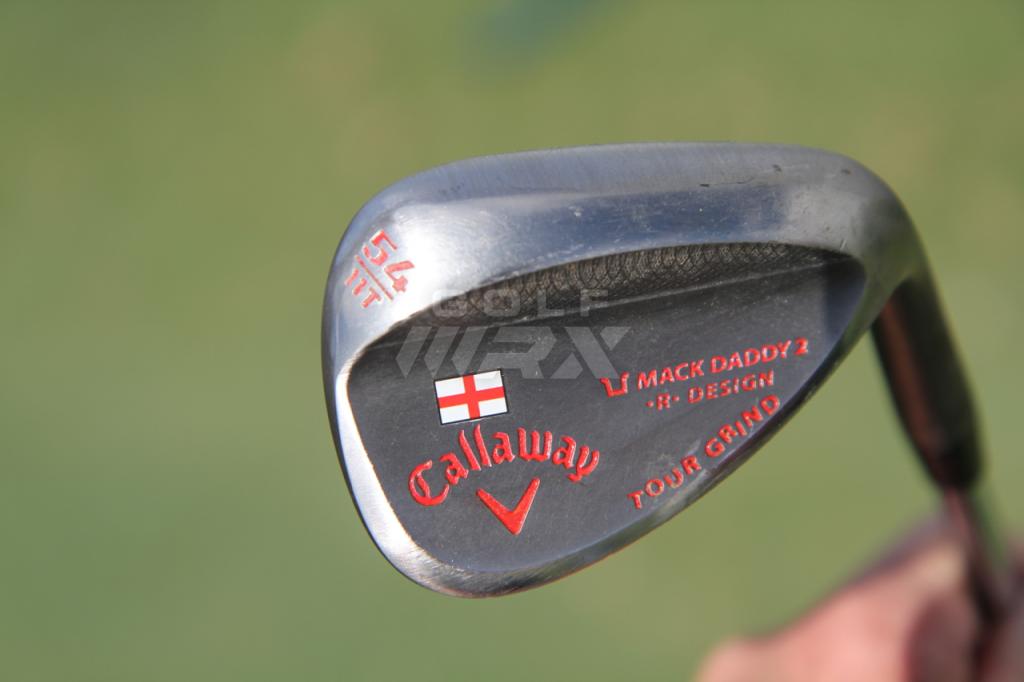
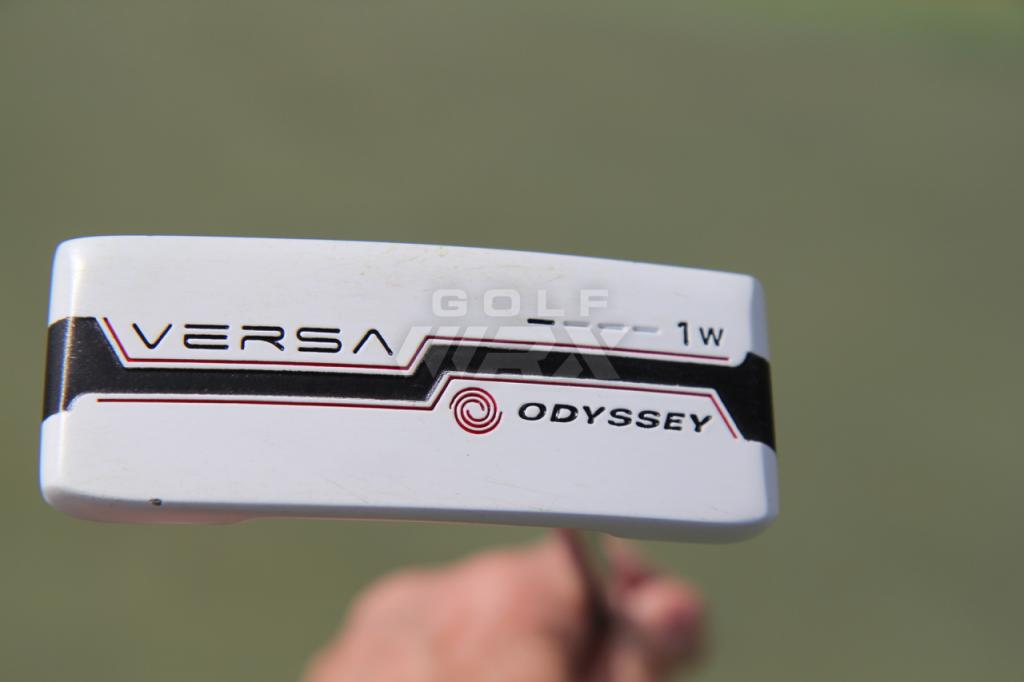










Cody Reeder
Dec 23, 2020 at 1:34 pm
Good article. I think this is one of your best!
Mike Wiggins
Dec 23, 2020 at 9:52 am
Don’t buy that Vokey wedge that looks like a great deal for the price but has grooves so worn out you’d be better off buying an off brand $29.95 wedge from the chain sporting goods store.
Fred Kantrowitz
Dec 22, 2020 at 4:35 pm
Ibeen buyng used and new golf clubs via ebay for years.My best advise is if you like what you see try them out, myself with iron sets putters ,drivers I follow the 5 rounds to get use to them and to figure out if they work ifor I made a mistake.